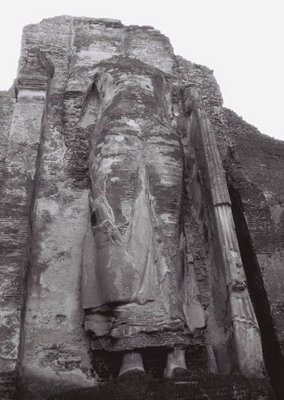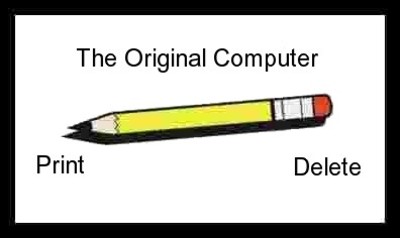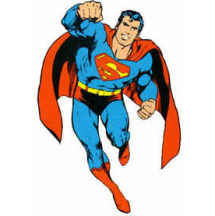
Couldn't Help Noticing, 1 September 2006 AD
Tim Keller asked the following question to his denomination:
How do we, as a denomination, do renewal and outreach in the emerging post-everything United States culture? ‘Post-everything’ people are those who are now in their teens and twenties—and they are our future.
In this brief article, Keller lays out six issues at stake in engaging this group and how Reformed theology offers the resources to address these issues:
- Issue: Post-everythings like narrative and story
- Resource: Geerhardus Vos:
- If you know how to do Christ-centered preaching, then you turn every single sermon into a kind of story. The plot of the human dilemma thickens, and the hero that comes to the rescue is Jesus. Christ-centered preaching converts doctrinal lectures or little how-to talks into true sermons. Post-everythings who are interested in narrative are reached by such preaching that is deeply Reformed.
- Issue: Post-everythings are experientially oriented
- Resource: Jonathon Edwards:
- Edwards taught that a sermon should not only make truth clear, but also should make truth real. In Edwards we find ways to preach that are Reformed, committed to objective truth and, at the same time, deeply experiential.
- Issue: Post-everythings are set against moralism and self-righteousness
- Resource: Martin Luther:
- Traditional gospel presentations assume that the people want to be ‘good.’ But our kids’ generation wants to be ‘free.’ Luther said, ‘Look, you want to be free? Good. It’s good to be free. But you’re not. You are living for something and, whatever that something is, it enslaves you.’ If a person lives for reputation, then he is a slave to what people think. If a person lives for achievement, then he will be a workaholic. As did Luther, we should tell such people, ‘You want to be free? Fine. But you’re not going to be free unless Jesus is your salvation.’ When post-everythings rejected Christianity they thought moralism and Christianity were the same thing. But we can show post-everythings that the two are not the same, and that freedom really is in Jesus.
- Issue: Post-everythings have a concern for social justice
- Resource: Hermann Ridderbos:
- [Go to] Ridderbos and other Reformed theologians who stress the coming of and the presence of the Kingdom. The Reformed understanding of salvation is not simply that God is rescuing individual souls out of the material world, but rather he is also redeeming all of creation. God is going to bring complete healing and shalom to the material world eventually.
- Issue: Post-everythings love art because they love the material world
- Resource: Abraham Kuyper
- Abraham Kuyper’s understanding of Reformed theology enables us to say to post-everythings, ‘Christianity is not just a way for you as an individual to get peace, love and groovy vibes in Heaven. Christianity is a comprehensive worldview. You can be a Christian artist, dancer, manager, or minister and these are all ways of living out the gospel.’ When post-everythings hear that, they get extremely excited. They have never considered that Christianity embraces the whole of life.”
- Issue: Post-everythings are not swayed by evidential apologetics
- Resource: Cornelius Van Til:
- If you start to present evidence for the deity of Christ or the proofs of God, post-everything eyes will glaze over. But the presuppositional apologetics of Cornelius Van Til can work with post-everythings. I think Reformed theology provides us with tools for our culture that Josh McDowell’s kind of evidential apologetics does not.
Noticed by Marty at 09:00 AM



















